Nowadays the trend of purchasing a PC with all the key accessories is somewhere near the end. It’s better to assemble a PC of your choice, which not only increases your chance to get the best hardware but also to get the best efficient output devices such as your monitor. And one of these devices is your display monitor screen.
Philips designs one of the best monitor screens in the market. Users can either connect it with their CPU as a monitor or can use them by mirroring their laptops to it using HDMI or Chromecast. The reason for buying separate monitors like Philips is that users get a comparatively larger screen with better resolution. Most gamers prefer to buy such high-resolution monitors to gain immersive gaming experience.
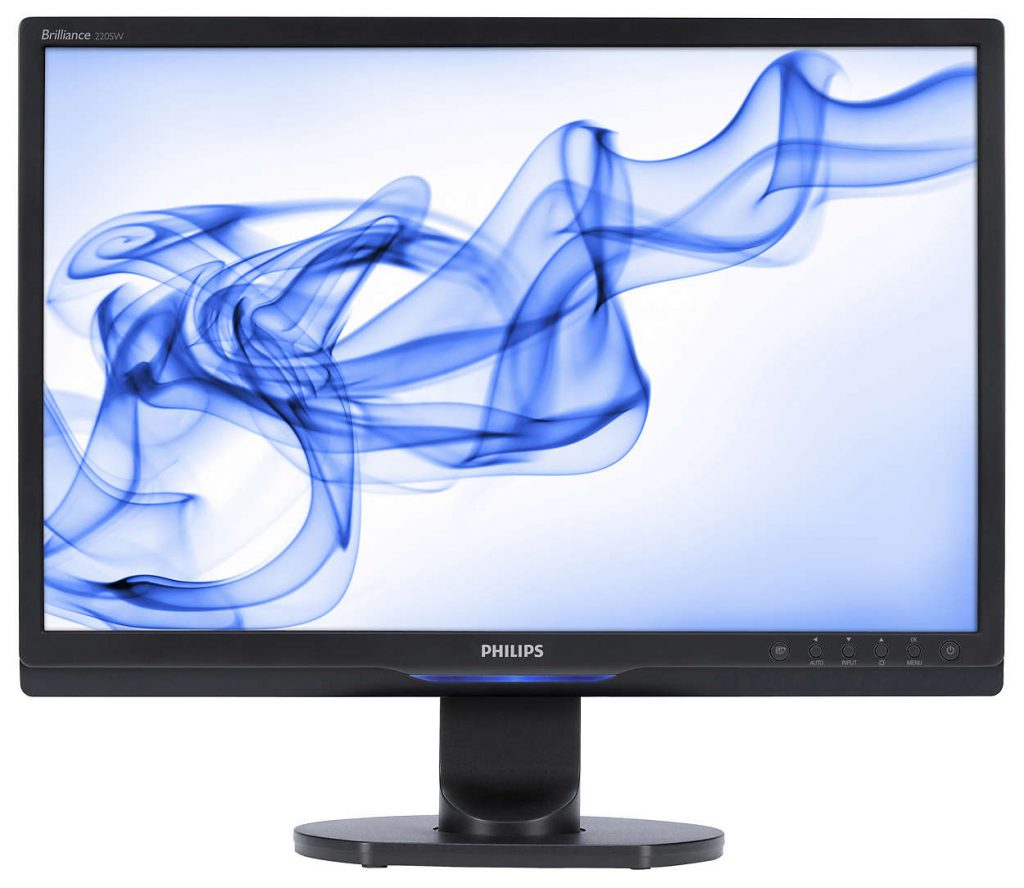
But, what if your Philips monitor is not working? There might be a problem with the Philips monitor you have installed with your system. It can be a display hardware issue, a problem with cables, or maybe something to do with your CPU or laptop. Let’s see what’s the problem with that Philips monitor and why is it not working properly:
Is Your Philips Monitor Plugged In or Mirrored Correctly?
One of the first things you should check to diagnose issues with your Philips monitor is to check the connection with the system. There are two ways your system would be connected to your Philips monitor:
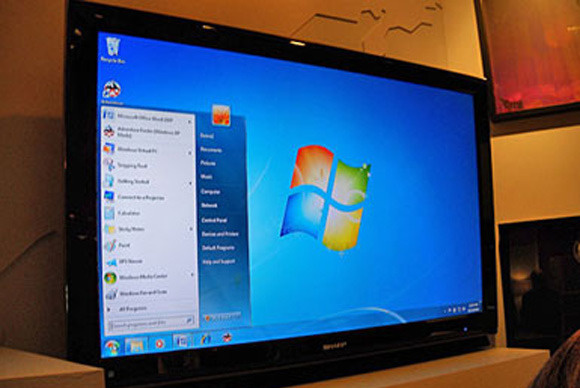
- Do you have a desktop? Then the HDMI cable would be directly plugged into the CPU, making your Philips monitor the primary display.
- Do you have a laptop? Then the HDMI cable connecting your laptop to the screen would help in mirroring your system to the Philips monitor.
Depending on these two situations, there can be different problems associated with connectivity between your system and the monitor. To find the concerned issue, check if:
- Your monitor is plugged in correctly to the AC output. The display might not be working because it isn’t receiving electric power.
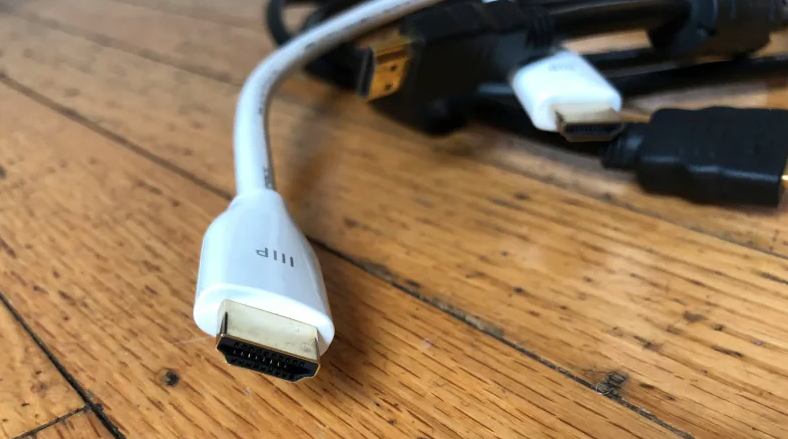
- Your cables are perfectly plugged into their respective strips. Probably your cables are not connected to the ports properly and therefore the connection isn’t established properly.
In case, you’ve checked out both these concerns and still, the Philips monitor is not working, you should check if there’s any problem with the connectors or cables you are using for the monitor and system ports.
How to Check if Your HDMI Cable is Working Properly?
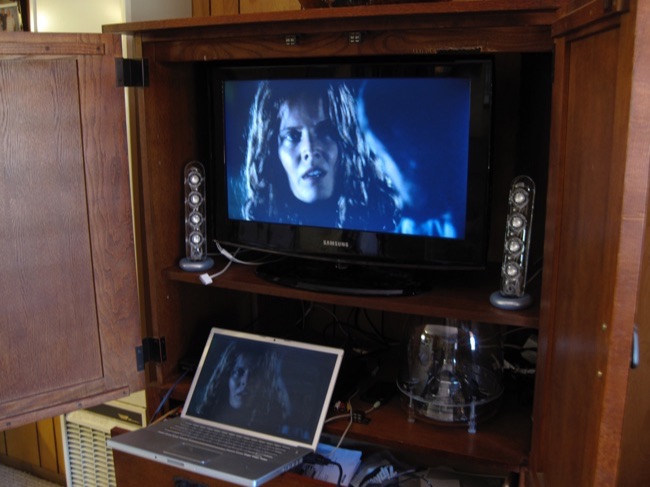
The best way to check if your HDMI cable is working properly or not is to check it with a different device. Connect it to the different TV output. Check if you’re getting output on this other device. If there’s any response, then the issue is with Philips monitor and not the cables. In such a scenario, you can reach out to Philips customer care or contact your retailer to get a replacement.
And if there’s no response, then the problem is with the cable. Ditch the old one and get a new HDMI cable. Probably your device supports other cables such as VGA port-cables, however, most of the modern devices come with an HDMI port connection facility.
Philips Monitor may not be Working due to Issues in Graphics Card Driver
The video output from your PC to the Philips monitor requires a dedicated graphics card. Without a dedicated graphics card, your system may not be able to support the high-def resolution on the Philips monitor. This is because your integrated graphics card isn’t sufficient enough to support resolution higher than that of a regular monitor screen. So, the issues in Philips monitor can be associated with the lack of a proper graphics card or an error in the graphics card driver.
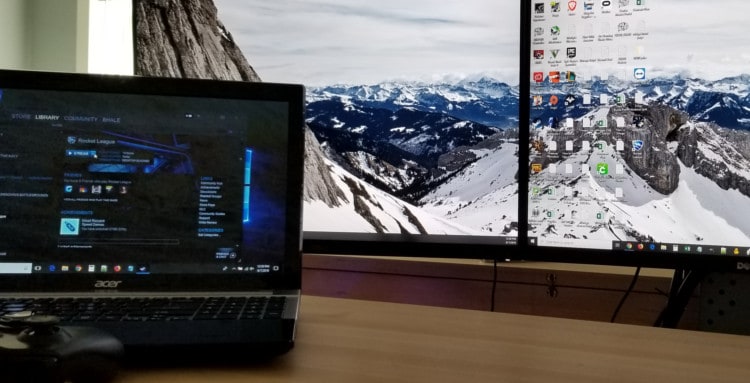
The graphics card drivers ensure that your system and the installed OS supports the connectivity to any other external device including an external monitor such as Philips. If these drivers aren’t updated properly, your peripheral Philips monitor screen may not provide the display. Various driver related issues can arise such as:
- No display or connectivity error notification on-screen.
- Lack of proper clarity in resolution, which hampers your viewing experience.
- Sudden crashes or video halts in between your viewing experience.
To avoid such scenarios, do check that your graphics card drivers are properly updated.
How to Update my Graphics Card Driver?
In order to update your dedicated graphics card, you need to ensure a regular scan of your drivers to see if there’s any new update. You can also check ion the official site of your graphics card manufacturer to see if the company has rolled out any new update. But the best option is to save yourself from all this hassle and automate the entire driver update process.
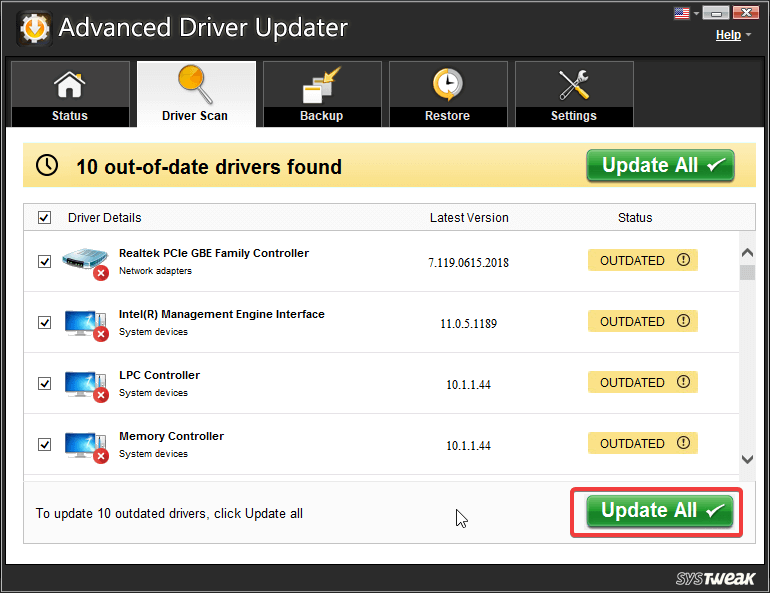
Advanced Driver Updater is one of the best driver updater applications which can help you update all your drivers automatically in one single click. Unlike manual scans, Advanced Driver Updater scans for all the driver updates at once. Once the available updates listed out, you can click “Update All” and all the drivers would be updated one-by-one without further work on your end.
Advanced Driver Updater will notify you of the driver update status as soon as you turn on the system. This would prompt you to run a scan whenever required. If you want to control this prompt, you can set a specific date and time for a scheduled scan as well. Besides all this, the best part about Advanced Driver Updater is its backup module. It backs up your previous driver versions, allowing you to roll back to the previous driver versions whenever required.
External television monitors for PC such as Philips can highly improve your viewing experience, given that your system has got a suitable graphics card to support that. If it has, all you need to do is keep the graphics card driver updated on regular intervals. Besides, if you’re unable to make a suitable connection between your system and the Philips monitor, do check for possible malfunctions in the connecting cables or the device.
For more technical tweaks, follow us on Facebook and Twitter and get the latest blog updates on your daily feeds.



 Subscribe Now & Never Miss The Latest Tech Updates!
Subscribe Now & Never Miss The Latest Tech Updates!